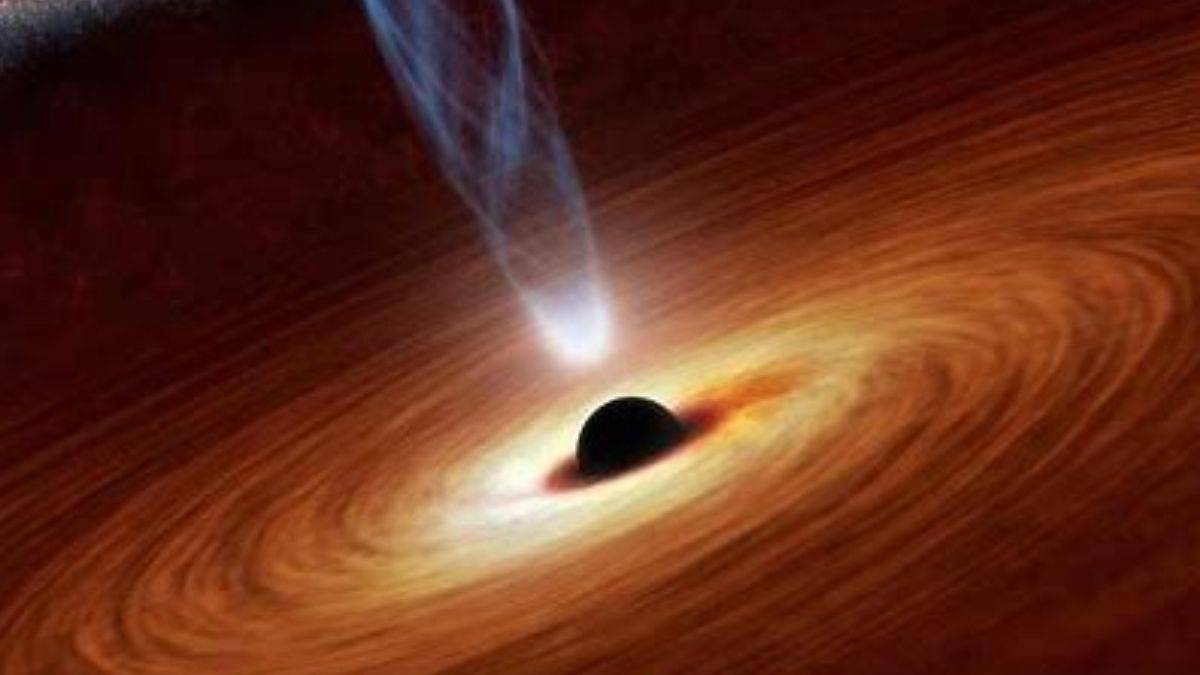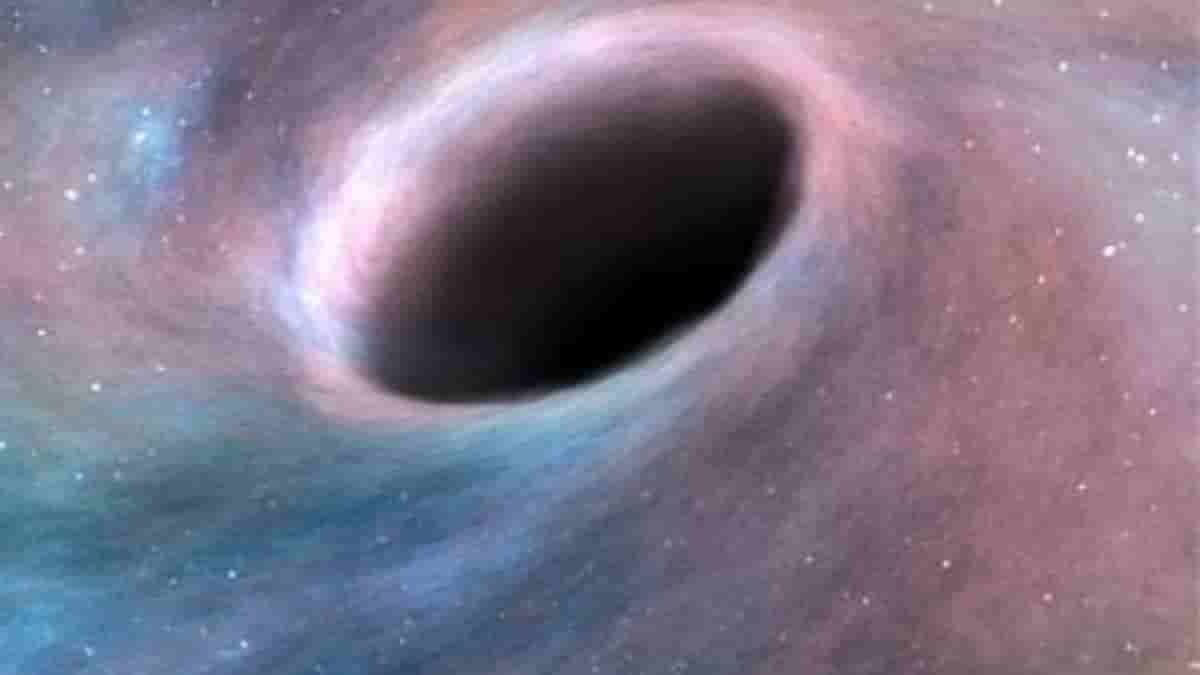What will happen if you get closer to Black Hole?

Gas streams go into black holes, where they experience an unending existence cut off from the rest of the universe. These gaseous tatters emit some of the brightest emissions in the universe as they are disintegrating.
These death dives are too far away to be directly witnessed, despite the fact that astronomers have created a revolutionary technique for identifying the desperate cries for help from these dying objects. The method is being used to test our understanding of gravity in the most inhospitable environments in the cosmos.
In a recent study, scientists established the closest point near a black hole that may be approached without suffering catastrophic consequences. The innermost stable circular orbit, or ISCO, is measured at this distance. The researchers found that their method might be applied to recently developed, more sensitive X-ray telescopes.
The event horizon of a black hole is the impenetrable limit beyond which there is no turning back. When it crosses the event horizon, not even light itself can go back to the cosmos. There, the black hole’s gravitational pull is simply too strong.

However, everything is great outside of a black hole. A specific black hole will have a particular mass (which can range from a few times the mass of the sun for the less massive ones in the galaxy to billions of times heavier for the true monsters wandering the cosmos), and orbiting the black hole will be the same as orbiting anything else of the same mass. Gravity is just gravity, and orbits are just orbits.
In reality, a large number of cosmic objects have been found to be in orbit around black holes. When they are sucked into the black hole’s gravitational pull, these intrepid explorers begin their journey toward the very end. As matter descends into the black hole, it usually condenses into an accretion disc, commonly referred to as a razor-thin band. Heat, friction, magnetic, and electric forces energize the material on the disc as it spins indefinitely and emits a brilliant light.
Active galactic nuclei (AGN), which are capable of outshining millions of individual galaxies, are a new moniker for the accretion discs surrounding the most massive black holes.
In the accretion disc, individual particles of matter crash with one another, exhausting their spinning energy and drawing them ever closer to the black hole’s gaping event horizon. The material could, however, continue to orbit around the black hole eternally if it weren’t for those frictional forces, much as how planets can continue to revolve around the sun endlessly.
What happens if you get closer to Black Hole?
As you get closer to the black hole’s center, though, all hopes of stability eventually crash into the rocks of gravity. Stable orbits are unattainable because the gravitational forces are too high just outside the black hole but before the event horizon. Once in this region, you are unable to maintain a calm orbit. You have just two choices: either use rockets or some other means of propulsion to escape to safety or remain where you are. If you’re a helpless gas, however, you’ll inevitably fall heedlessly into the dreadful nightmare that’s waiting for you.
This barrier, the deepest stable circular orbit, is correctly predicted by Einstein’s general theory of relativity, which also provides a strong prediction concerning the existence of black holes.
Despite general relativity’s success in describing and predicting phenomena across the cosmos and our knowledge that black holes exist, we have never been able to independently validate the existence of the ISCO or if it corresponds with the theory’s predictions.
However, the gas that causes it to explode could provide a way for us to verify that presence.

